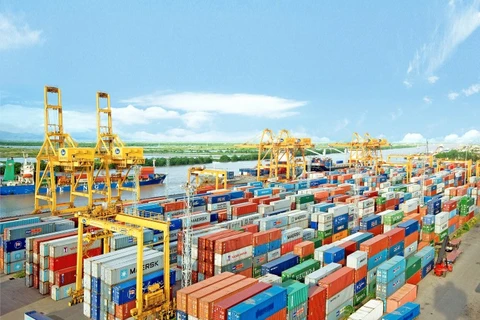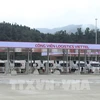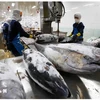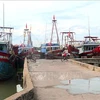Hanoi, (VNA) - The northern port city of Hai Phong is potentially becoming a key logistics centre domestically and internationally with improved infrastructure system, according to Commercial Real Estate Services (CBRE).
The city is home to one of the country’s two busiest seaports, which contributed 98 percent of the total throughput in the north.
In the meantime, Hai Phong port’s throughput is, however, equivalent to 50 percent of the port in Ho Chi Minh City, which is known as the country’s business hub, a far cry from its full capacity due to the lack of a comprehensive infrastructure system.
In 2014, the city ranked only 34th among Vietnam’s 63 cities and provinces in terms of the Provincial Competitiveness Index (PCI). Infrastructure was among the issues needed to be addressed, the others being transparency and labor quality.
Recognising its weaknesses, efforts have been constantly made by the municipal authorities to improve local transport infrastructure and traffic connections with other cities and provinces, especially those owning national logistics hubs such as Hanoi and Quang Ninh province, to capitalise on its position as a northern gate to the vast seas.
Vietnam’s GDP growing from 66 billion USD in 2006 to 186 billion USD in 2014, or an annual average growth of 13 percent, has spurred the development of logistics infrastructure and the establishment of major logistics hubs supporting its international trade.
Experts predicted that the country’s fledging logistics system will grow strongly as annual growths have been recorded in the seaports in Hai Phong and Ho Chi Minh City over recent time.-VNA






















